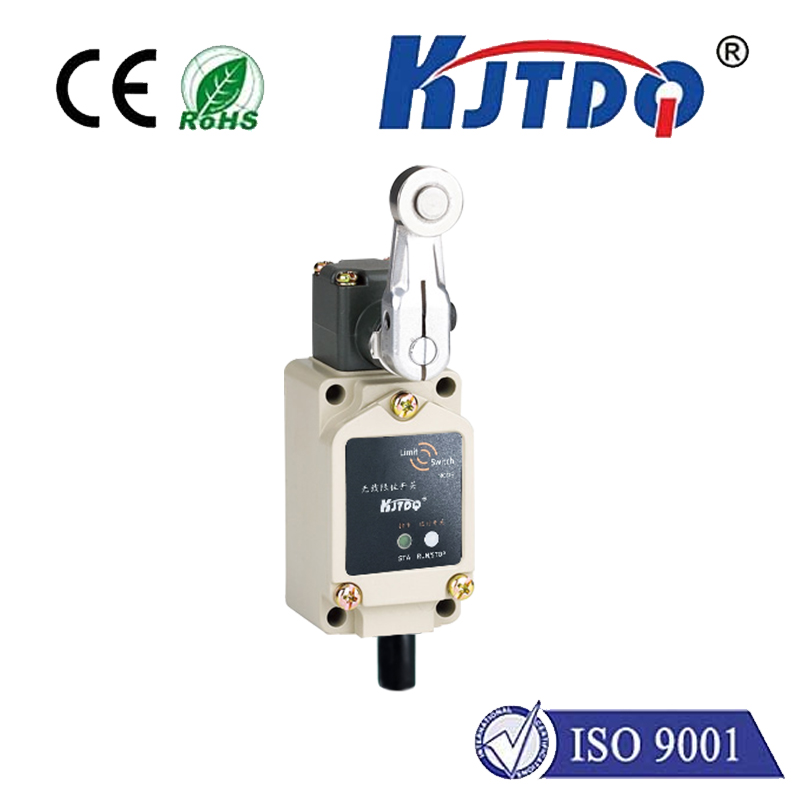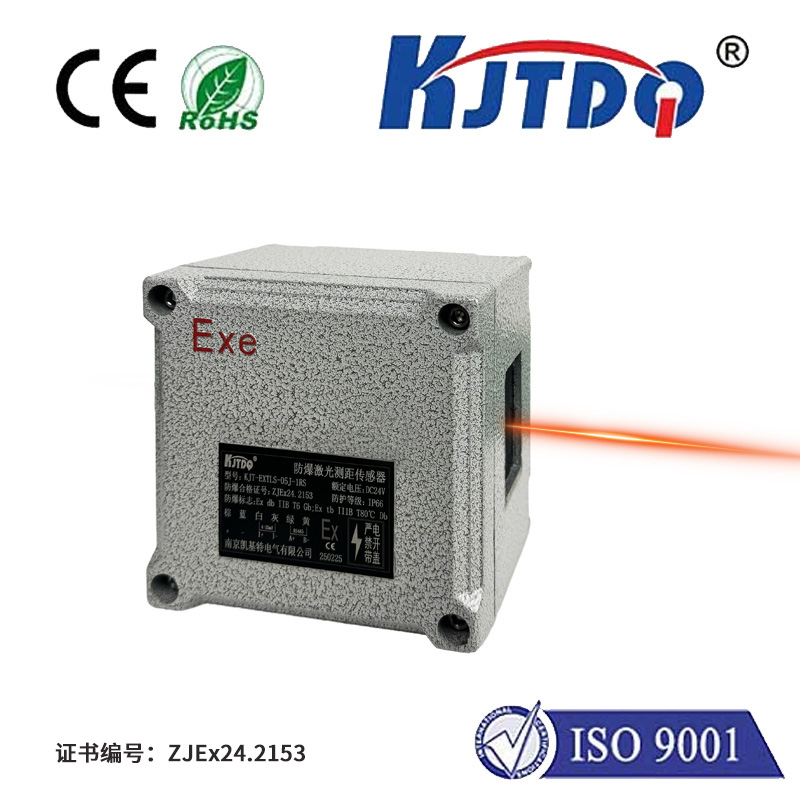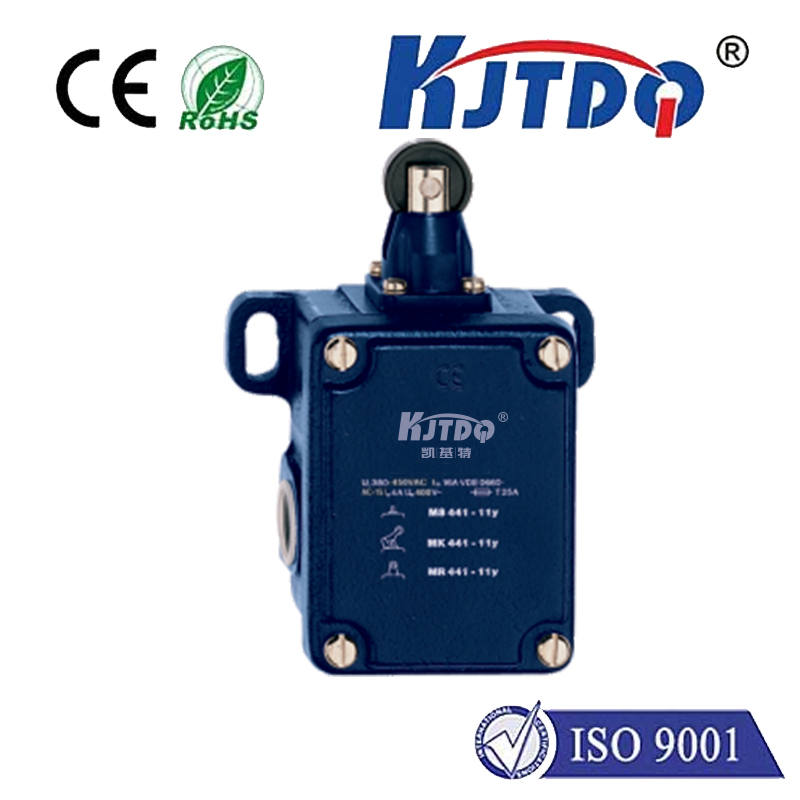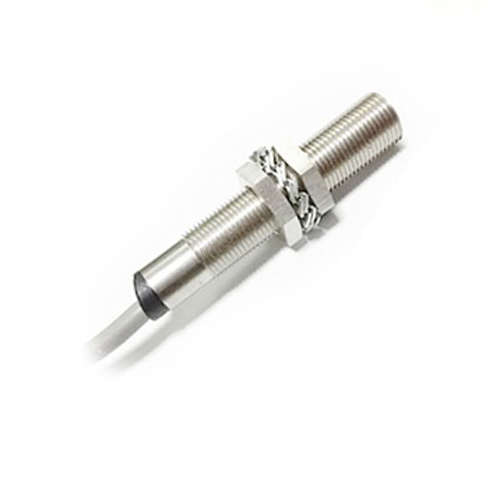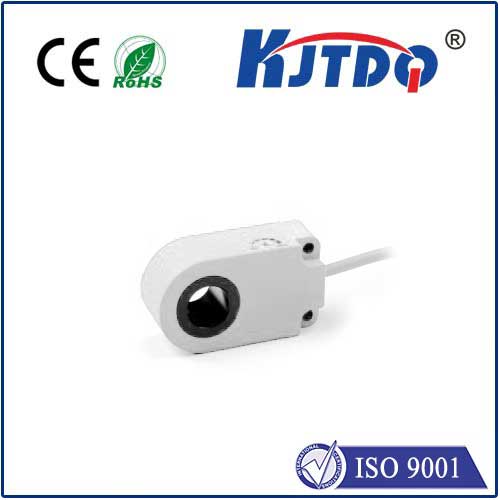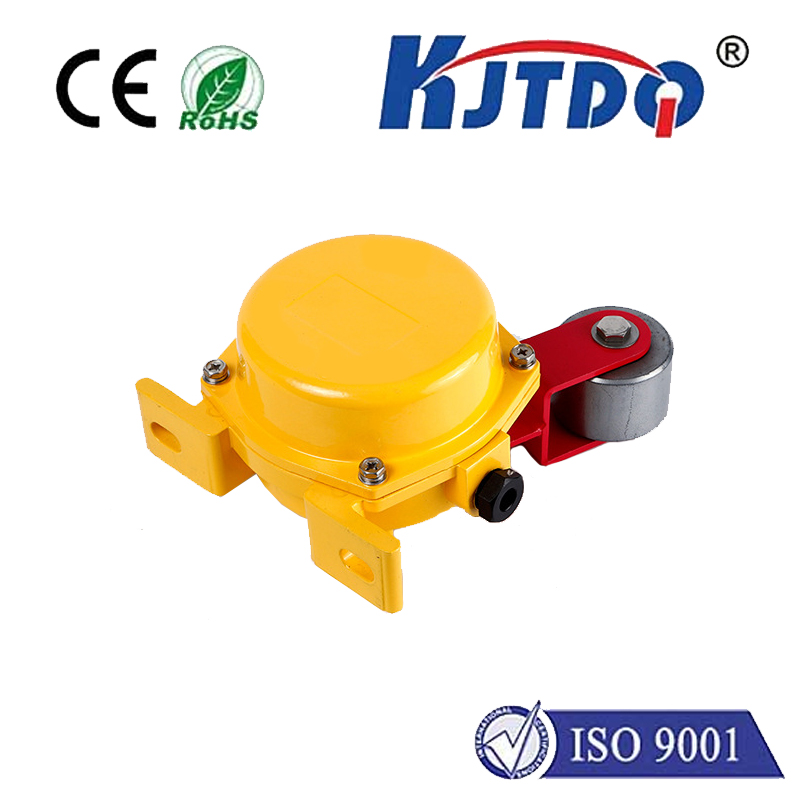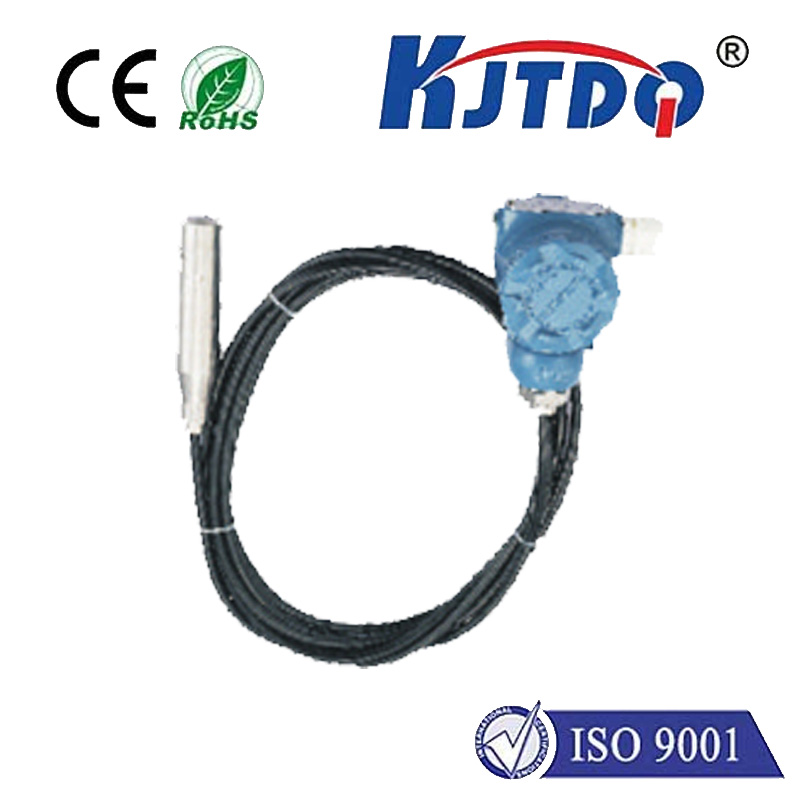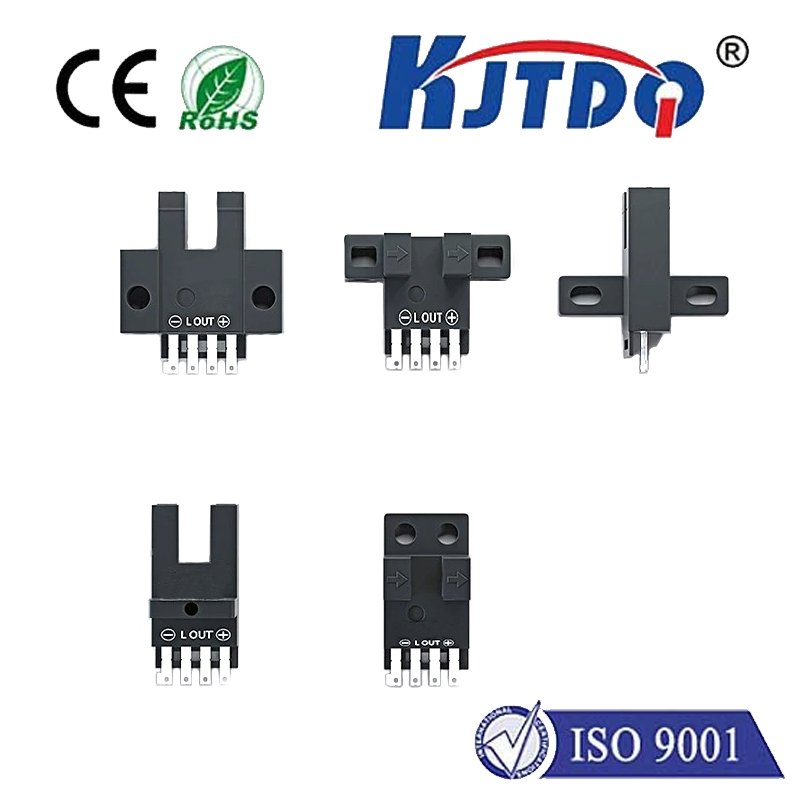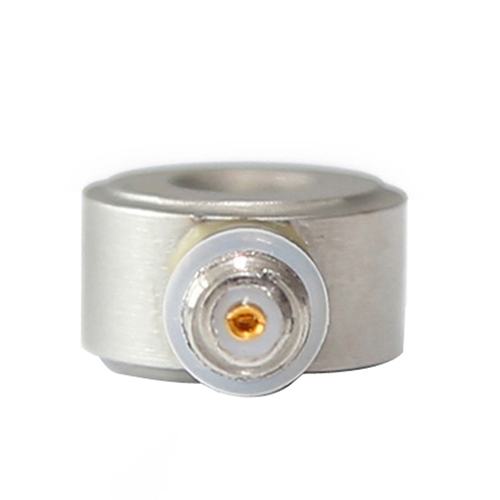proximity indicator
- time:2025-06-23 15:13:28
- Click:0
Proximity Indicators: The Essential Guide to Location Awareness Technology
Imagine navigating a complex warehouse, parking your car in a tight spot, or ensuring your smartphone unlocks only when it’s truly near your face. Underpinning these everyday actions is a fundamental principle: knowing where things are relative to each other. This knowledge is often provided by proximity indicators – the unsung heroes of location awareness that silently guide countless interactions in our technological world. These crucial components translate physical closeness into actionable digital signals, forming the bedrock of automation, safety, and convenience across innumerable applications.
What Is a Proximity Indicator?
At its core, a proximity indicator is a device or system designed to detect the presence or absence of an object, or measure its relative distance, without physical contact. It acts as a sentinel, sensing when something enters or exits a designated zone. Think of it as a highly specialized pair of electronic eyes or ears, constantly surveilling its immediate surroundings for specific targets. The “indicator” part refers to its function: it indicates proximity, typically by changing an electrical output signal (like switching a voltage level or sending a digital message) when a detected object crosses a predefined threshold. This fundamental capability is pivotal for automated sensing and control.
The Diverse Landscape of Proximity Technology

Not all proximity indicators work the same way. Different technologies excel in various environments, target materials, and measurement ranges. Here are the most prominent types:
- Inductive Proximity Sensors: These reign supreme for detecting metal objects. They generate an electromagnetic field; when a metallic target enters this field, it induces eddy currents within the metal, causing a detectable shift in the sensor’s own oscillation characteristics. Ideal for: Factory automation (detecting machine parts, position control), automotive applications (gearbox sensing).
- Capacitive Proximity Sensors: These detect both metallic and non-metallic objects (liquids, plastics, wood, etc.) by sensing changes in an electrostatic field. The presence of any object alters the capacitance between the sensor’s electrode and ground. Ideal for: Level detection in tanks (liquid, granular solids), material handling, touch controls (through glass or plastic), presence detection for packaging.
- Ultrasonic Proximity Sensors: These emit high-frequency sound waves and measure the time it takes for the echo to return from a target object. Calculating distance is straightforward using the speed of sound. Ideal for: Parking assistance, object detection in varied lighting/dirty conditions (robotics), level measurement (especially for bulk solids, liquids), people counting.
- Infrared (IR) / Optical Proximity Sensors: Utilizing infrared light, these sensors typically work by either detecting the reflection of emitted IR light off a nearby object (reflective type) or by sensing the interruption of a beam of light between an emitter and receiver (through-beam type). Ideal for: Security systems (beam interruption), touchless faucets/dispensers, object detection on conveyors, mobile phone screen dimming (detecting face during calls).
- Magnetic Proximity Sensors (Reed Switches/Hall Effect): These detect the presence of a magnetic field. Reed switches use magnetically operated ferrous contacts, while Hall Effect sensors generate a voltage proportional to magnetic field strength. Ideal for: Door/window security sensors, speed detection (counting rotations via a magnet), position sensing in machinery, non-contact switching.
Why Proximity Indicators Are Mission-Critical
The ubiquity of proximity sensing stems from the unique advantages these devices offer:
- Non-Contact Operation: The primary benefit. This eliminates wear and tear associated with mechanical switches, enhances reliability, allows detection of fragile objects, and enables operation in dirty, wet, or hazardous environments.
- High Reliability and Long Life: With no moving parts (in most cases), proximity indicators boast impressive longevity and resistance to shock and vibration.
- Fast Response Times: They detect objects incredibly quickly, enabling high-speed automation and safety-critical functions.
- Robust Performance: Many types are designed to function reliably in harsh industrial settings, resisting oil, dust, vibration, and temperature extremes. Ruggedized sensors are essential components in heavy industry.
- Versatility: The range of available technologies means there’s almost always a suitable proximity sensor for a given detection challenge and material.
Putting Proximity Indicators to Work: Key Applications
The reach of location awareness provided by proximity technology is vast:
- Industrial Automation: The heartbeat of modern manufacturing. Used for position sensing (is the cylinder retracted?), object counting on conveyors, end-of-travel detection, machine guarding for safety (safety sensors), and robotic guidance. Reliable automated sensing drives efficiency.
- Automotive Systems: Integral for parking assistance (ultrasonic sensors), collision avoidance systems, detecting open doors/hatches, gear position sensing, and automated wiper control (rain sensing).
- Consumer Electronics: Enable features like automatic screen dimming/turning off when a phone is held to the ear (phone proximity sensors), touchless controls in appliances (touchless faucets, soap dispensers), and laptop lid closure detection.
- Security & Access Control: Form the basis of door/window contact sensors, motion detectors (often using PIR, a variant), and authorized key fob detection for vehicle entry.
- Building Automation: Control lighting (occupancy/vacancy sensing), HVAC systems based on room presence, and manage elevators.
- Robotics: Essential for navigating environments, obstacle avoidance, and precise positioning of robotic arms (object detection for pick-and-place).
- Material Handling & Logistics: Monitor conveyor belt load presence, detect pallet positions, manage sorting systems, and control stacking operations.
Selecting the Right Proximity Indicator: Key Considerations
Choosing the optimal proximity sensor requires careful analysis:
- Target Material: What are you detecting? Metal (inductive), any material (capacitive, ultrasonic), a magnet (magnetic), or interrupting a light beam (optical)? This is the first filter.
- Detection Range: What is the required operating distance or sensing gap? Sensors have specific nominal ranges; ensure it fits your application.
- Operating Environment: Will it face dust, moisture, oils, chemicals, extreme temperatures, or vibrations? Requires appropriate IP ratings and robust construction (ruggedized sensors).
- Output Signal Needed: Simple digital switch (NPN/PNP transistor)? Analog signal (proportional to distance)? Specific communication protocol (IO-Link, AS-I)? Match it to your controller.
- Size and Mounting Constraints: Physical space limitations dictate sensor size and mounting style (flush, non-flush, threaded barrel, block style).
- Electrical Requirements: Power supply voltage (DC or AC) and current consumption compatibility.
- Response Time & Switching Frequency: How quickly must it react? How many detection cycles per second are needed? Critical for high-speed applications.
The Future of Proximity Sensing
Proximity indicator technology continues to evolve. We’re seeing trends towards:
- Miniaturization: Ever-smaller sensors enabling integration into tighter spaces and new applications like wearables and medical devices.
- Increased Intelligence: Sensors incorporating embedded processors providing






